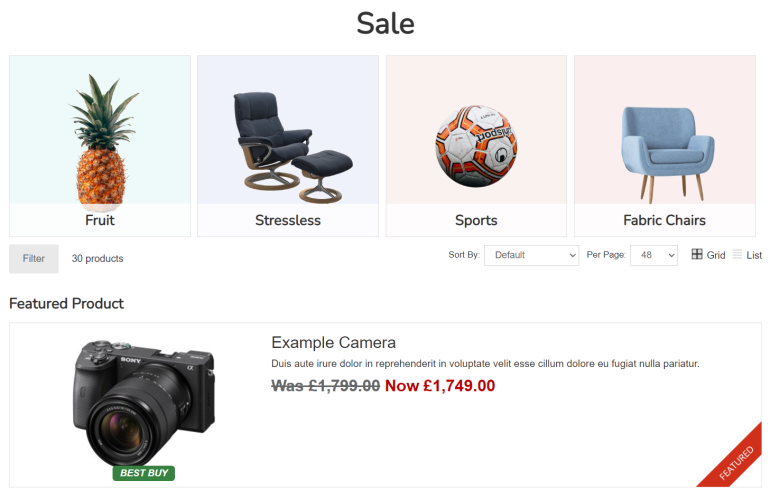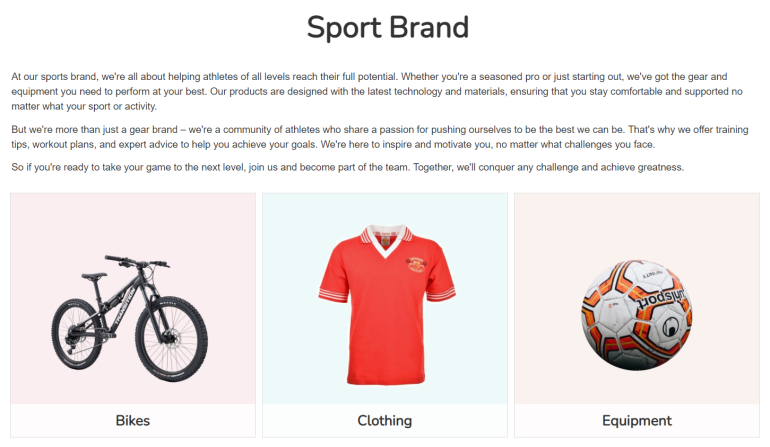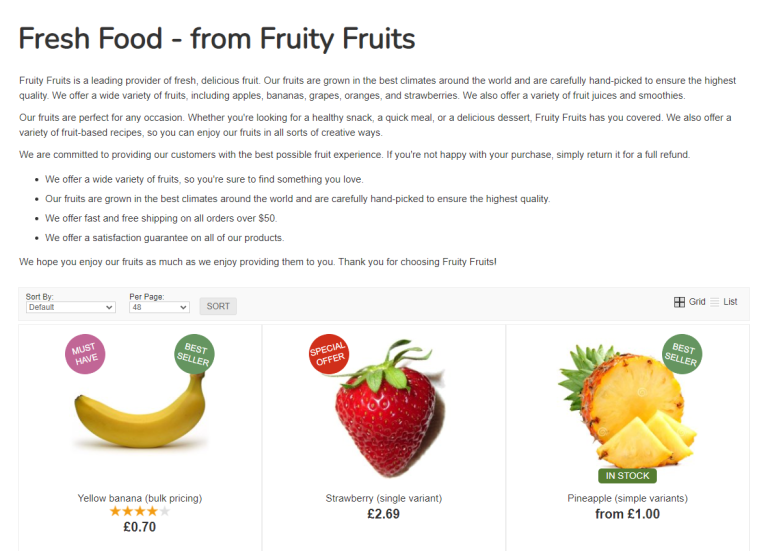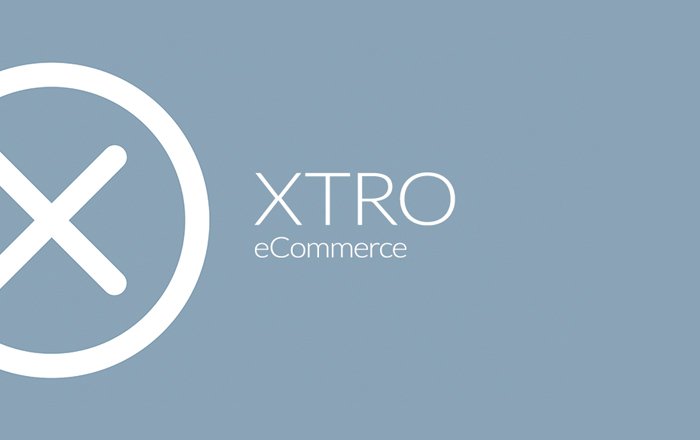Dynamic Categories
How to use Dynamic Categories to improve your eCommerce SEO
Categories are an essential part of any website, but are yours working hard enough for you?
Are your Categories good enough?
We all know that Categories are how you organise your products – they’re how customers find them, and how Google organises them. They’re pretty central to all forms of eCommerce, and always have been.
As with anything, categories come with their own challenges. At a top level, you need to decide how you want to organise your products; category hierarchy is an essential part of building your product content.
- By type or by brand?
- By size or by colour?
- By purpose or by collection?
However, like anything, categorising your products takes time, and if you want to do anything more complex, it takes a lot of time.
Easy Categorisation
At Iconography, we are constantly updating and improving our platform, IXO Commerce, and all of our features are built for new clients and can be developed for existing clients.
We've built a simple tool that will allow you to improve your customer journey, while maximising your efficiency.
Why do we need better categorisation?
In everything eCommerce, the customer journey is paramount. With careful A/B testing, companies can work out their ‘perfect’ hierarchy, but even in an ideal world, that will only be a ‘best fit’.
Every customer will have their own preferences for how they interact with a website; do they use the search bar first, or go straight to categories; do they look for a brand, or for what’s on sale?
What you’re looking to do is to give them the best possible set of choices, without making product management impossible.
If you could quickly and easily provide more granular categorisation, visitors to your site will be able to find products much quicker and easier – when we are talking about eCommerce conversions, speed is key.
The problem is that the categorisation tools on most platforms simply won’t give you what you need.
Is there a better way?
Dynamic Categories could be the answer
Dynamic Categorisation works on the idea of rule based automation. For example, you can take products which already sit in a ‘Sofa’ category, and add a rule for products which are both ‘on sale’ and are from the brand ‘Stressless’. Those products would still sit in their original category, but the rule would add them to a new Dynamic Category:
Sale Products > Sofas > Stressless
This lets you have far more control over the organisation of your website, with a lot less of the work.
How can I take advantage of Dynamic Categories?
Automated Sale/New-In Categories
So many websites end up with catch all categories; ‘Sale’ and ‘New In’, or possibly ‘Clearance’. Very often, these have a flat, one dimensional product hierarchy, which simply leads to a confusing mess of disparate products; a very confusing customer journey.
On better eCommerce platforms, these categories come with filters, but even though these improve the user experience, they don’t improve your SEO.
If you want the best for your customers and for search engines, Dynamic Categories are the solution.
At the simplest level, you could build a rule for products that are on sale, but it’s more effective if you then add some more layers. Maybe you’re going to break it down by product type, or possibly by Brand. Either way, you’re giving your customers a clear call to action, and you’re offering Google the chance to find some additional SEO rich content.

Granular Brand Navigation
Brands can be complicated; each one is different, and you need to tailor the online experience for each one to make sure you maximise your chances of getting a conversion.
With Dynamic Categories, you can simply build a more detailed picture of the brand – breaking it down into individual product types, with quick and clear calls to action.
In our example, we’ve set up a ‘Sport Brand’, that sells ‘Bikes’, ‘Clothing’ and ‘Equipment’, but you could just as easily add links for ‘Sale Products’ or ‘New Products’.
The key thing is making the customer journey is quick and easy.

Massive SEO wins
As more and more online retailers get better and better at SEO, marketing agencies are having to develop more innovative strategies to gain an advantage. We’ve seen a lot of ideas come and go, but at Iconography we’re increasingly seeing requests for SEO Content on filtered pages; making those crawlable by Google.
Just add new Dynamic Categories that fit combinations of filters – possibly 10 different ones for ‘Shoe Size’, or one of each ‘Colour’. Then, with the addition of some content a few simple redirects, you’re getting a leg up on the competition!
So many web platforms simply can't support this functionality, so if you're using IXO Commerce, you know you're in front.

Easily build an intuitive customer journey on your website
Product categorisation should be quick and easy
Make sure you can build SEO rich content on all of your pages
Take advantage of the latest approaches to SEO and website management
Create complex categorisation quickly and easily

Our core B2C eCommerce platform
Enterprise level eCommerce, tailored for each client by our team of dedicated developers. XTRO eCommerce features a comprehensive suite of leading edge features, including personalisation and intelligent merchandising to drive performance and deliver higher levels of user engagement and conversions.